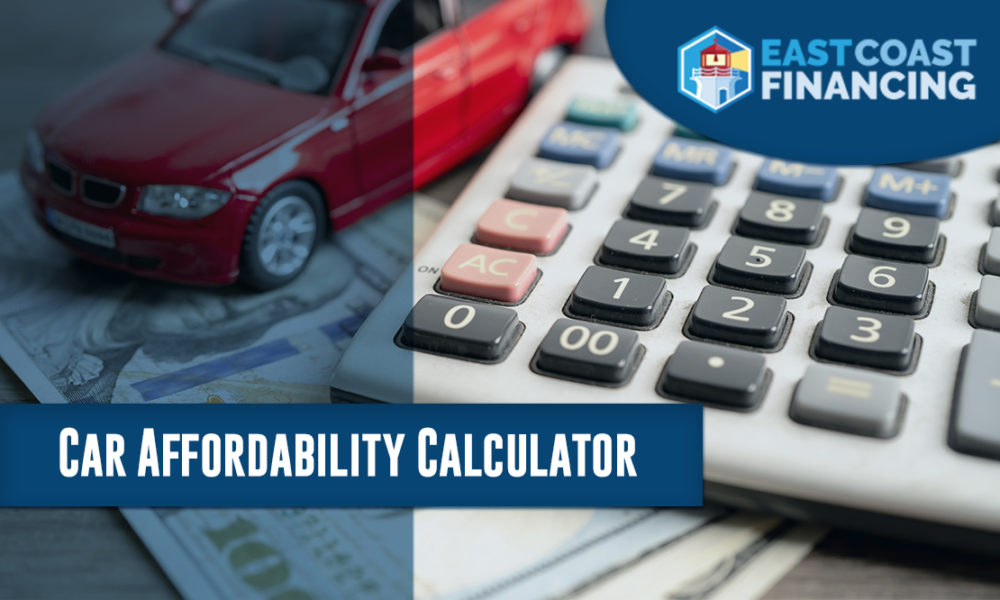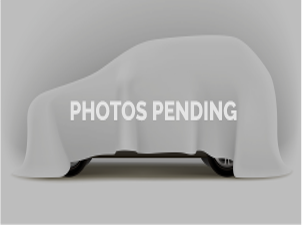How Much Can You Afford To Spend On A New Or Used Car In Canada?

Wherever you live in Canada, be it Nova Scotia, Brunswick, Prince Edward Island, Newfoundland, Manitoba, Alberta, British Columbia, or somewhere else, having a car makes commuting and traveling much easier.
While Canada is undoubtedly enchanting, it isn’t the easiest place to travel around. Having a vehicle certainly makes exploring the vast wilderness a breeze, and you’ll get to see the beautiful cities a lot easier with wheels.
If you’re in the market for a new or used car, before you go shopping for models, you need to ask yourself this fundamental question: “How much can I afford to pay for a car?” This article breaks down the factors associated with buying a car. Use the information here to see how much you can realistically afford without squeezing your finances.
First, What Is Affordability?
We’d all love to drive a sleek, modern, and luxurious car that has all the bells and whistles. But this doesn’t mean you should splurge on a high-end model, especially if you can’t afford the monthly payments. An affordable car is one you can put a down payment on and meet monthly installments for, all without straining your finances.
There are two broad scenarios here:
- Purchase a new vehicle so that you don’t have to worry about repairs and maintenance for awhile.
- Purchase a used car in Halifax, Newfoundland, Prince Edward Island, Brunswick, or any other city in Canada so you can save money up front.
Regardless of whether you purchase a new or used car, you’ll have to consider several factors like insurance, maintenance, and other costs so you know for sure that you’ll have enough money each month. Here are a few factors that affect affordability:
- Monthly Income – The higher your income, the more options you have. However, this isn’t a simple equation. You have to consider several other expenses like rent, education, and other household expenses.
- Down Payment – The more money you pay up front, the lower your monthly payments will be.
- Loan Term – The faster you pay off a loan, the less you’ll have to pay in interest. There’s no right or wrong way to do this; your timeline is what’s important here.
- Sales Tax – In British Columbia and Manitoba, the GST is 5%. However, this changes from province to province. The sales tax will also play a role in determining how much you can afford.
- Interest Rate – The lower the interest rate, the smaller the overall payment will be.
Use The 20/4/10 Rule To Determine Affordability
The 20/4/10 rule is a popular framework that’ll help you determine how much you should spend on a car. Here’s a breakdown of this rule:
- Put up 20% of the purchase price for a down payment. If the down payment is less than 20%, you will likely end up with a long-term auto loan that can eat up your monthly budget.
- Pay off the auto loan in 4 years or less. The longer the loan, the more interest you’ll end up paying.
- Your monthly installments should be 10% to 15% of your monthly take-home pay.
Another rule suggested by financial experts is that the monthly loan payment and other automotive expenses should not exceed 20% of your net monthly pay. This includes gas, oil changes, insurance, maintenance, and other unexpected repairs.
These rules can make it easy to budget for a vehicle using an online auto loan calculator in Canada. Plan in advance to choose the right car that fits both your budget and lifestyle.
Get a no-obligation assessment of your trade-in value below, or fill out this form to talk with one of our agents about your financing options:

